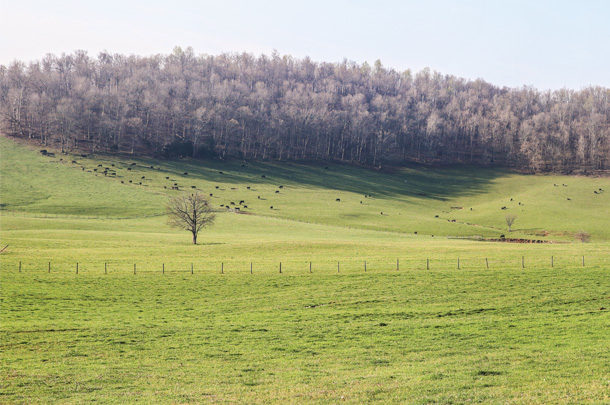Agricultural lease agreements come in all shapes and sizes.
Whether it is a pasture lease for grazing, an agreement to lease a bull this spring or a hunting lease for later this fall, leases can be an important way to either add additional sources of income to your operation or gain access to certain property without having to incur what may be large, upfront costs.
Oral agreements and handshakes remain common in rural lease agreements; however, a written agreement that spells out the terms and conditions of the agreement is an effective way to minimize risk and avoid potential headaches (and expenses) in the future. Regardless of the type of lease, here are several important provisions you might consider including:
-
Names of the parties: Is the other party a limited partnership, a limited liability company or an individual? This may seem elementary, but having the correct names and addresses for the parties is an important first step. This is especially true if you are dealing with an out-of-state party or someone you have never worked with before.
-
Lease term: A lease can be for a set period of time (e.g., six months) or for a term of years. If a lease agreement’s term is longer than one year, many states require that the lease agreement be in writing in order for the lease to be binding.
-
Description of the property: The agreement should include an accurate description of the property being leased by including the legal description or even a photograph. For hunting and grazing leases, if there are portions of the property that are “off limits,” the lease should state that.
-
Termination: A good exit strategy, even for the best of relationships, is usually prudent. If one party breaches the agreement, the lease may allow the non-breaching party the option to terminate the agreement. This can require a certain number of days’ notice.
-
Right to sublease: Can the lessee assign his or her interest to another party? The lease should address whether or not subleasing is allowed. For example, if Party A leases her bull to Party B, Party A may want to make sure that only Party B (and not Party C or Party D) has the right to use that bull for the breeding season.
-
Limitation of liability/indemnification: The lessor may want to include a section that requires that the lessee indemnify (or compensate) the lessor for the lessee’s actions. For example, Landowner enters into a grazing lease with Lessor. Lessor’s cattle get out on the highway and a motorist is injured. If the motorist sues Landowner, an indemnification provision may require that Lessor indemnify or even provide a legal defense for Landowner.
- Partnership: The lease should state that by entering into the lease agreement, the parties are not forming a partnership or joint venture.
The above suggestions are just a few important provisions that should be considered when drafting lease agreements. For a more in-depth look at agricultural leases, I highly recommend you take a look at the Ranchers’ Agricultural Leasing Handbook, written by Tiffany Dowell Lashmet, Shannon Ferrell and Paul Goeringer, which is available online.
This article is for informational purposes only and is not intended to create an attorney-client relationship. I recommend that you consult a licensed attorney in your jurisdiction before relying on the information contained in this article.







